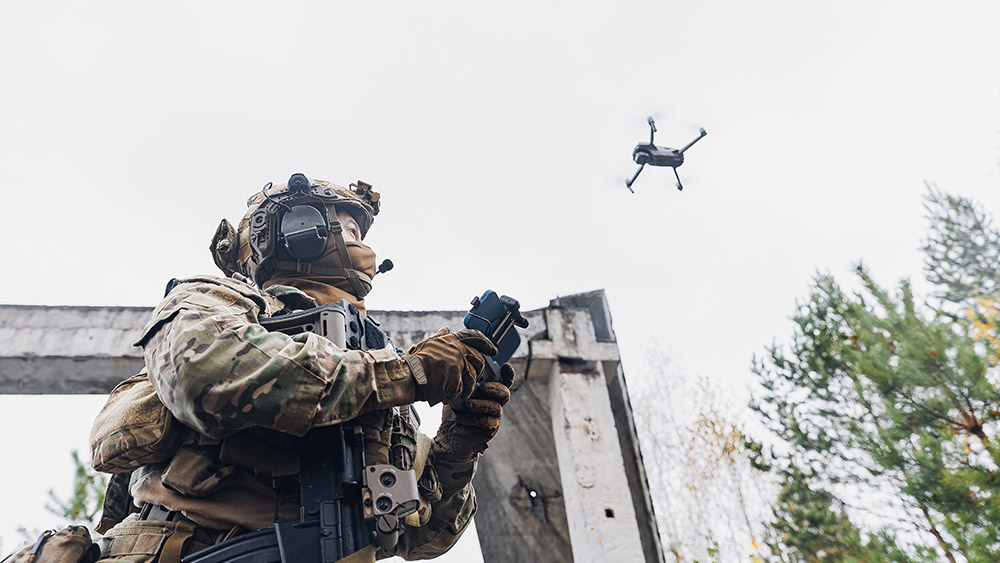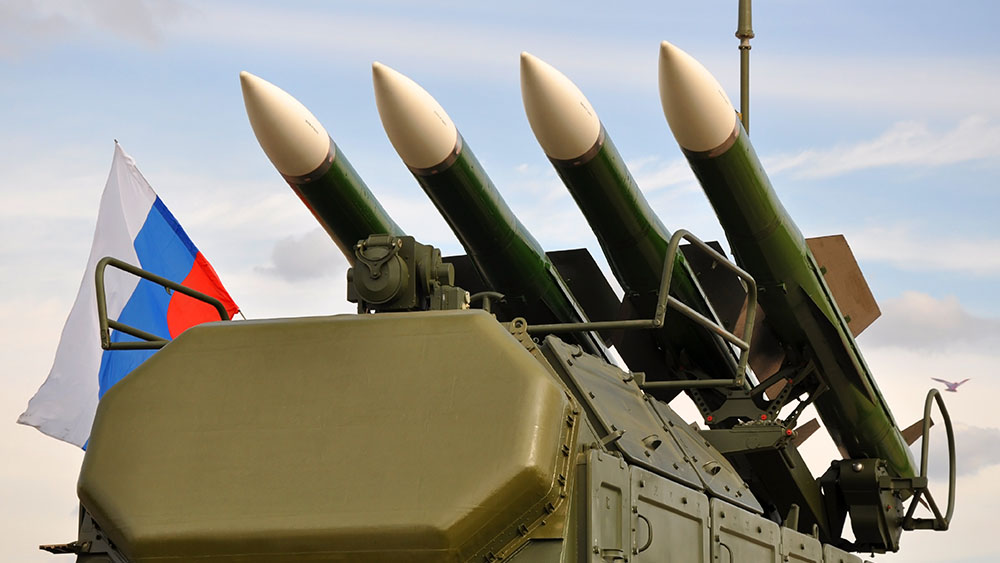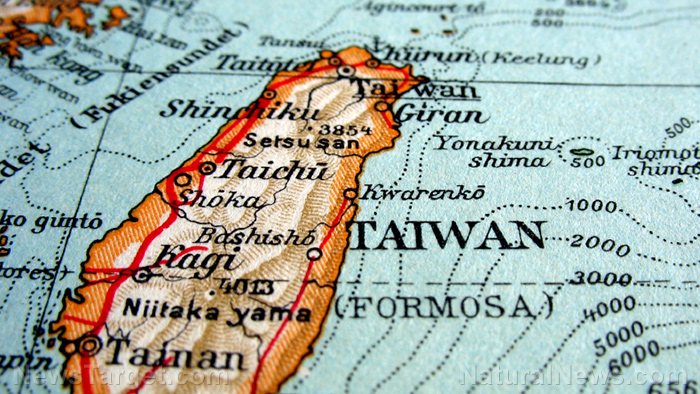
- Ukraine is rapidly expanding its use of robotic warfare due to massive troop losses (estimated up to two million killed or missing) and widespread desertions (nearly 400,000 soldiers). Commander-in-Chief Aleksandr Syrsky admits frontline conditions are dire, with Russia launching 50+ daily assaults in Donetsk. The military plans to deploy 15,000 robotic platforms in 2025 to compensate for human shortages.
- Ukrainian forces successfully used robotic units to capture Russian positions in Kharkiv without a single casualty. New robotic systems, such as mobile anti-aircraft launchers and the "Zmiy" (Snake) UGVs, are handling mine-clearing, logistics, evacuations and direct combat.
- Major Robert Brovdi (Ukraine's Unmanned Systems Forces) emphasized drones/robots create a 20km "kill zone "to offset Russia's manpower advantage. Private developers and volunteers are accelerating innovation, but funding and training bottlenecks remain.
- Some commanders resist adopting robots due to Soviet-era mindsets, leading to uneven distribution across brigades. Ukraine urgently needs foreign investment and government support to scale production and training.
- Robotics offer Ukraine a lifeline but cannot fully replace the need for diplomacy. While tech may stall Russia's advance, the article warns of escalating NATO involvement and a potential direct US-Russia war by fall 2025 if peace efforts fail.
Pioneering robotic warfare
The Ukrainian military has already demonstrated the potential of robotic systems in modern warfare. In an unprecedented operation in early July, the Ukrainian army's Third Assault Brigade used exclusively robotic systems to seize a frontline position in the Kharkiv region, capturing several surrendering Russian soldiers without suffering any casualties. Major Robert Brovdi, Commander of Ukraine's Unmanned Systems Forces, emphasized the importance of drones and robots in creating a "kill zone" extending 20 kilometers from the front lines. He highlighted the next challenge: Replacing Ukrainian infantry with ground-based robotic systems to handle logistical tasks at the front. The use of robots is not limited to logistics. The Ukrainian military has showcased a new robotic platform capable of shooting down Russian warplanes and helicopters. This system, featuring a Soviet-era anti-aircraft missile launcher mounted on a remote-controlled robot, enhances Ukraine's defensive capabilities while reducing the exposure of its troops to Russian drones. One of the most notable developments is the deployment of the Zmiy, or "snake," a series of Uncrewed Ground Vehicles (UGVs) designed for a variety of roles. These robots are being used for minelaying, mine clearing, logistics, casualty evacuation and direct combat. Kateryna Bondar of the Center for Strategic and International Studies (CSIS) said the deployment of these robots is an urgent response to Ukraine's severe personnel shortage, representing an "existential need to substitute human roles with robotic systems." Hlib Kanevskyi, head of Ukraine's Ministry of Defense, confirmed the deployment of 15,000 such machines to local publications. This massive expansion in the use of UGVs is a testament to Ukraine's commitment to leveraging its technological prowess to counter Russia's conventional firepower and manpower advantages.A path forward
While the deployment of robotic systems offers a glimmer of hope, it is not without challenges. The Ukrainian military faces the daunting task of training personnel to operate these new technologies while maintaining combat readiness. Additionally, securing the necessary funding and resources for research and development is crucial. Volunteers and private companies are playing a vital role in developing new robotic models and integrating them into the military. However, the legacy of the Soviet past – with some field commanders reluctant to embrace new technologies – presents an obstacle. This has led to an uneven distribution of robotic systems along the line of contact, with some brigades fully invested in these technologies while others receive only limited access. To fully capitalize on the potential of robotic systems, Ukraine needs more support from its government and international partners. Foreign investment is essential to boost the output of Ukrainian developers and ensure that front line units have the resources and flexibility to train soldiers in the use of new unmanned systems. Ukraine's rapid progress in wartime defense technology is driving the expansion of its robot army, offering a partial solution to the country's manpower crisis. As the conflict enters its fourth year, the urgency for a diplomatic solution is more pressing than ever. Watch the video below about Ukrainian drones carrying out a massive attack on a gas processing plant. This video is from the Cynthia's Pursuit of Truth channel on Brighteon.com.More related stories:
Total casualties in Russia-Ukraine war hit 1M mark. Zelensky demands 1.5 million SOLDIERS for Ukraine amid NATO membership uncertainty. So they're experimenting with military robots in Gaza now. Sources include: RT.com Brighteon.ai AtlanticCouncil.org GBNews.com Brighteon.comEU science grants funnel millions to Israeli military-linked tech startups amid Gaza genocide
By Belle Carter // Share
European delusions are prolonging Ukraine’s suffering
By Lance D Johnson // Share
A viral video ignites federal firestorm over Minnesota fraud
By willowt // Share
Russia activates "unstoppable" Poseidon tsunami drone
By kevinhughes // Share
Russian FM Lavrov: Moscow will back China on Taiwan issue
By ramontomeydw // Share
The breakfast clock: Why timing your morning meal is a secret weapon against high cholesterol
By jacobthomas // Share
The Health Ranger's New Year Revolution: The ultimate guide to health, wealth and freedom
By kevinhughes // Share
"Absolute Healing" on BrightU: Experts explore COVID-19 as an engineered bioweapon
By jacobthomas // Share











